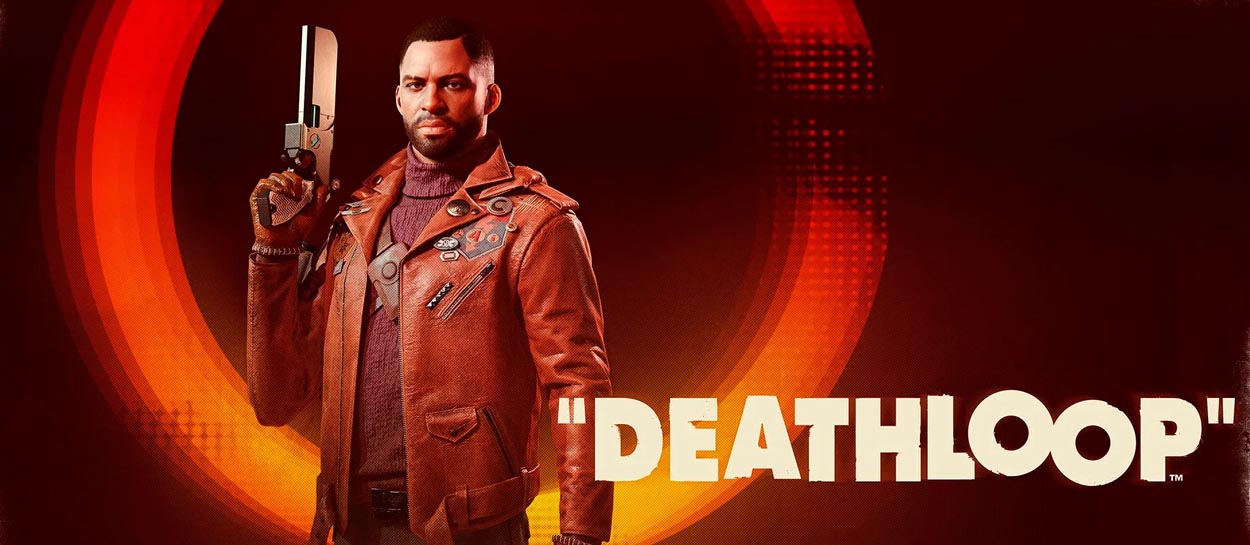

Long term progression consists of gear infusion and information gathering. Jeepers, that’s two Zelda comparisons and I haven’t even mentioned Dishonored. Many will be relieved to hear that there’s no real-time countdown, but as a Majora’s Mask apologist I see this as a bit of a missed opportunity. The game is split into four blocks of time, during which you can enter one of four districts and explore to your heart’s content. Death means losing your gear and restarting the eponymous time-loop, and, even if you survive, you’ll reset at the end of the day anyway. The grander design of Deathloop is clearly inspired by roguelikes.

The game’s satisfying progression is enabled by a structure that, while I’m hesitant to call “innovative,” comes pretty close. That time was spent powering through missions dense and rich with detail, experimenting in the campaign’s early hours and developing a playstyle that I continued to refine with new abilities and upgrades throughout. The result is an engrossing and far more replayable game that, more than anything, respects my damn time. It might seem odd to compare a fifteen hour shooter to an eighty hour epic like Breath of the Wild, but the nonlinear narrative design and wealth of sandbox-style gameplay systems make that comparison surprisingly apt. The game’s shorter length (compared to current blockbuster trends, at least) and smaller zone-based levels belie Deathloop’s lofty ambitions. Arkane’s latest immersive sim adapts the freeform design philosophies of its longer and larger triple-A contemporaries into a laser-focused experience more concerned with minutiae than grand vistas. Deathloop is the latest in an increasingly rare breed of games that value focus above everything else.


 0 kommentar(er)
0 kommentar(er)
